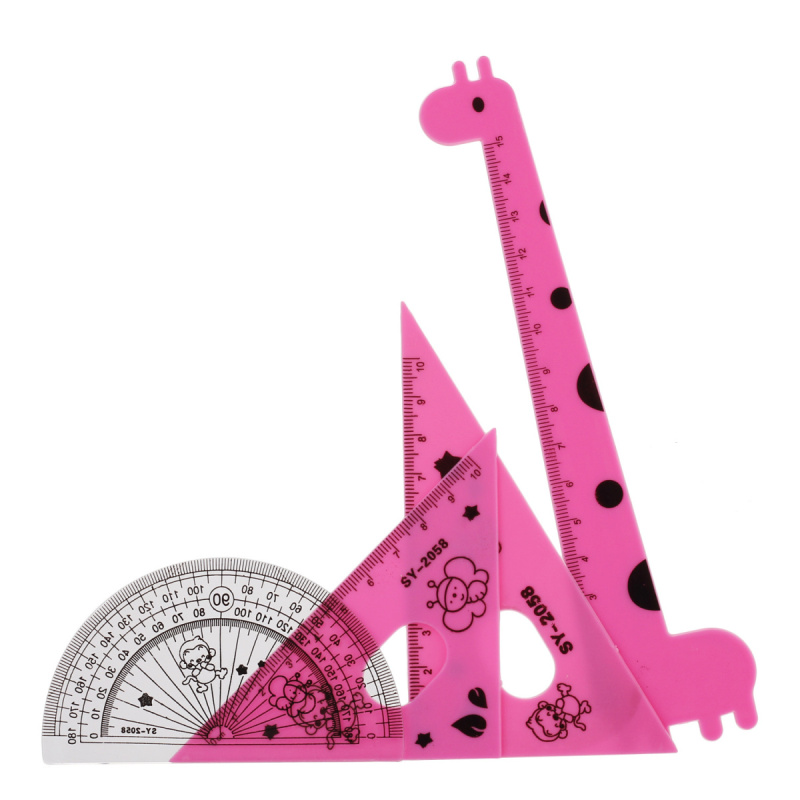who wants to get nerdy?
Destroyers rim thickness measurements
according to
the PDGA: 2.2 cm
according to my measurements from inside the wing where it meets the flight plate to the furthest point on the wing.
Champ: 2.366 cm
DX: 2.362 cm
Pro: 2.293 cm
Star: 2.321 cm
there is only a minimal radius where the wing meets the flight plate on the Destroyer so this makes measurements more repeatable. If there was a larger radius then I would have had much larger variation in the measurements. still, none of these- except for the Pro- are in the 2.2s. So I measured a different way.
From the furthest tip of the nose of the wing to the point directly horizontal on the wall... roughly halfway between where the bead would be and where the wing meets the flight plate:
Champ: 2.286 cm
DX: 2.987 cm
Pro: 2.987 cm
Star: 2.316 cm
These were closer to the PDGA spec.
the way I Interpret the PDGA procedure (
found here and relevant pull quote below) I believe my first batch of measurements were the correct method.
(4) Rim Thickness - This attribute is recorded using a Vernier caliper. The rim thickness is defined as
the distance between the outermost and innermost edges of the rim.
The approval form (
found here) says the final measurement is supposed to be the median of the measurements. Median out of how many measurements? I have no idea, I couldn't find that part. So I took...
5 rim thickness measurements from various points of the perimeter on an unthrown Pro Destroyer:
2.278 cm
2.286 cm
2.286 cm
2.291 cm
2.299 cm
so the median value is 2.286 cm. The PDGA mus not be rounding, they must be dropping everything after the first decimal place.
All of this assumes perfect measuring techniques (which I don't have). Rim thickness measurements need to be perfectly radial in order to assure you are measuring the shortest distance between the two points. Otherwise you are artificially exaggerating the rim thickness. In other words, if you are no longer measuring along the radius but instead you measure along a chord then the rim thickness will be larger. I tried this and depending on how extreme you go then your measurements could literally fall anywhere in between 2.278 cm (according to my measurements on the Pro) to a dimension outside the PDGA limits of 2.6cm if you are waaaaayyyyy off.
And the same goes for the tilt of the calipers. I'm assuming the calipers should be perfectly horizontal at all times. This really becomes an issue on "Plus" configuration discs such as the Roc+ where the inside of the rim is noticeably tilted. If you rest the flat of the caliper jaws on the flat of the inside of the rim then the measurement will be different than if you keep the calipers horizontal.
Anyway.
Conclusion:
measuring seems like it should be easy but it isn't always. I measured 4 different discs from the same mold and used the exact same techniques on each. They were all different. If I measured four more then they would still be different from each other as well as from the first batch.
If I worked for the PDGA then I would build a measurement rig to assure all these little variables would be eliminated. I don't think they've done this so take their numbers as a rough guide.
